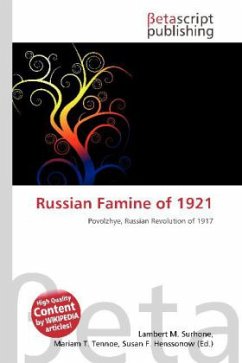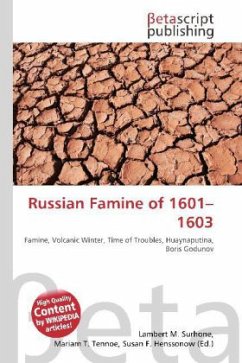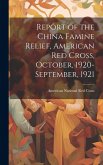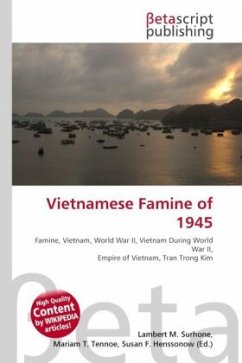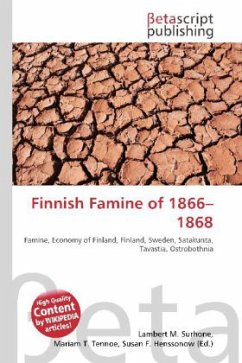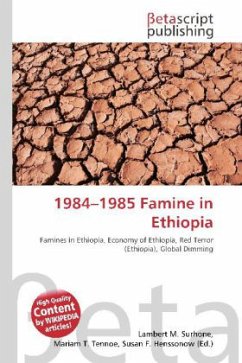Please note that the content of this book primarily consists of articles available from Wikipedia or other free sources online. The Russian famine of 1921, also known as Povolzhye famine, which began in the early spring of that year, and lasted through 1922, was a severe famine that occurred in Bolshevik Russia. The famine, which killed an estimated 5 million, affected mostly the Volga-Ural region. The famine resulted from the combined effect of the disruption of the agricultural production, which already started during World War I and continued through the disturbances of the Russian Revolution of 1917 and Russian Civil War with its policy of War Communism, especially prodrazvyorstka. One of Russia''s intermittent droughts that happened in 1921 aggravated the situation to the level of the national catastrophe. In many cases recklessness of local administration, which recognized the problems only too late, contributed to the problem. Hunger was so severe that it was doubtful thatseed-grain would be sown rather than eaten. At one point, relief agencies had to give grain to the railroad staff to get their supplies moved. Peasants often had to resort to eating weeds, food surrogates and even cannibalism trying to save seeds for planting in the fall.
Bitte wählen Sie Ihr Anliegen aus.
Rechnungen
Retourenschein anfordern
Bestellstatus
Storno

